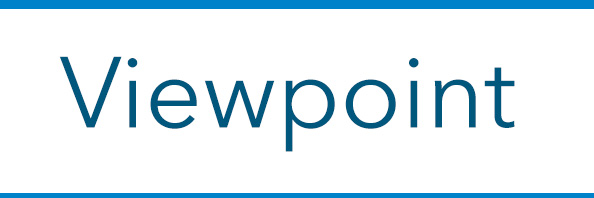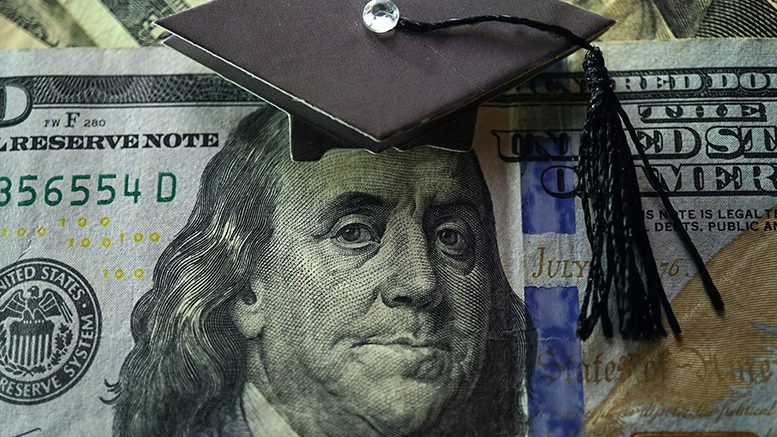Federal policy on student loans continues to evolve with much at stake for community college students, even if they depend on loans less than students enrolled in other sectors.

Only about 12% of all for-credit community college students take out federal loans, with the current Pell Grant maximum of $6,495 (compared to an average national full-year tuition of $3,800) helping many community college students steer clear of the loan programs. The College Board reports that community college students account for just 11% of all subsidized Direct Loans and 5% of all unsubsidized ones while they receive 33% of all Pell Grant funds.
However, community college student default rates, though declining, continue to be much higher than those in other non-profit institutions, starkly pointing to the need for policy improvements.
Student loan pause
Shortly before the end of last year, the Biden administration announced that it would extend the current student loan “pause” on repayments until May 1, 2022. This was the fifth such pause made at the discretion of the executive branch, with the first being implemented at the start of the pandemic.
Early signals from the administration indicated opposition to continuing the pause, and given the overall strong economy, this reluctance was understandable. The subsidies provided through this policy, in which interest does not accrue on loans, is absorbed by the government.
Loan cancellation a hot issue
The administration continues to face intense political pressure to grant broad-based loan forgiveness, given that it was a part of Biden’s campaign platform. While community college borrowers have less at stake in this debate than those in other sectors, forgiveness nonetheless would greatly affect them.
Loan forgiveness can be extraordinarily expensive for the federal government, and even the most limited approach commonly discussed (i.e., a maximum $10,000 per borrower, well above the average community college debt burden) is extremely costly. Numerous analysts also assert that, overall, loan forgiveness is a highly regressive subsidy, since the largest student borrowers generally earn relatively high incomes — in part demonstrating that higher education is a good investment — and that limited federal funds could be more efficiently targeted to other programs, including Pell grants.
Equity concerns have also been raised about the fairness of forgiving some students’ loans whereas others already repaid theirs, along with current and future borrowers needing to assume that their loans will have to be repaid. Be that as it may, the president will surely be constantly reminded of his election promise, and the outcome of this raging discussion is not clear.
Negotiated rulemaking and income-based repayment
Another piece of the loan puzzle concerns the “negotiated rulemaking” sessions on income-driven repayment (IDR) that ended in early December without negotiators reaching consensus. This means that the U.S. Education Department (ED) will be able to craft the regulations in this area as it sees fit. (The negotiated rulemaking sessions did reach agreement on “Second Chance” Pell Grant provisions, which will be covered in an upcoming CC Daily article.)
Virtually all analysts agree that the four IDR programs should be reduced in number and simplified, but in the negotiated rulemaking sessions, the Biden administration proposed yet another, fifth, IDR plan: Expanded Income-Contingent Repayment (EICR). This new plan contains novel elements, including a graduated assessment on income required for repayment, an increased threshold on the amount of income that can be shielded from repayment (200% of the poverty threshold), and no interest accrual for students who aren’t required to make payments because of their incomes.
(In 2020, the Congressional Budget Office released a comprehensive analysis of income-based repayments. The analysis outlined the growing use of IDR, particularly by graduate and professional students, and found that the federal government loses money on loans repaid through IDR, in large part because so many loans are ultimately forgiven.)
The American Association of Community Colleges (AACC) and two-year college advocates have long pushed for forgiveness plans tailored to borrowers with low balances, who tend to be students who did not complete programs or, at minimum, made educational and life choices intended to avoid a heavy reliance on loans. These students nevertheless have relatively high default rates compared to other borrowers.
ED negotiators acknowledged their legitimate needs but did not propose a policy directed to them. However, the income protections keyed to poverty levels alleviate the need for many of these borrowers to make loan repayments.
AACC will remain deeply engaged on these key issues.





